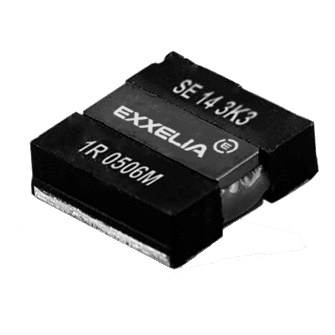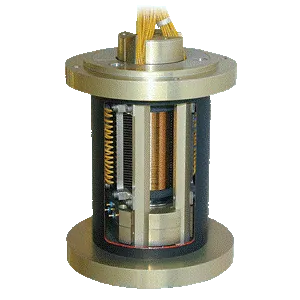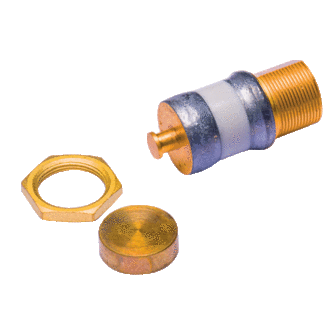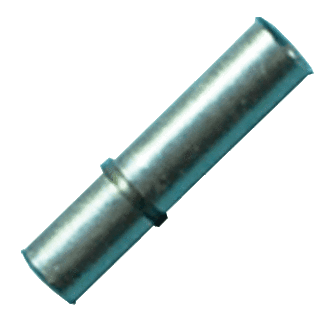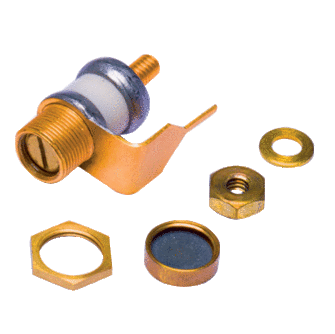
Trimmer capacitors
Filtre
Capacitance
1.5pF
19pF
Mounting
SMD
Through-hole
Operating Temp
-55°C
125°C
Capacitance
0.5pF
13pF
Mounting
SMD
Operating Temp
-55°C
125°C
Capacitance
0.3pF
8pF
Mounting
SMD
Through-hole
Operating Temp
-55°C
125°C
Capacitance
0.25pF
25pF
Mounting
SMD
Operating Temp
-55°C
125°C
Capacitance
0.35pF
30pF
Mounting
SMD
Through-hole
Operating Temp
-55°C
125°C
|
Name
|
Download
|
Capacitance
|
Mounting
|
Operating Temp
|
RoHS
|
Dielectric
|
Voltage Rated DC
|
|---|---|---|---|---|---|---|---|
| Chip Trimmers | 1.5pF ~ 40pF | SMD | -40°C ~ 85°C | ROHS | Ceramic | 100V ~ 350V | |
| PTFE dielectric | 1.5pF ~ 19pF | SMD, Through-hole | -55°C ~ 125°C | ROHS | PTFE | 1000V ~ 1250V | |
| Non Magnetic Sapphire Dielectric | 0.5pF ~ 13pF | SMD | -55°C ~ 125°C | ROHS | Sapphire | 500V ~ 1500V | |
| Sapphire Trimmers | 0.3pF ~ 8pF | SMD, Through-hole | -55°C ~ 125°C | ROHS | Sapphire | 500V ~ 500V | |
| Thin Trimmers | 0.25pF ~ 25pF | SMD | -55°C ~ 125°C | ROHS | Ceramic | 250V ~ 250V | |
| Air Trimmers | 0.35pF ~ 30pF | SMD, Through-hole | -55°C ~ 125°C | ROHS | Air | 250V ~ 500V |
Trimmer capacitors
Explore our extensive range of Trimmer capacitors, meticulously crafted to meet the diverse needs of modern electronic applications.
Our Trimmers capacitors boast cutting-edge technology and superior performance, ensuring precision and reliability in every use. Whether you're in search of robust solutions for aerospace, telecommunications, or industrial applications, Exxelia Trimmers deliver exceptional quality and durability.
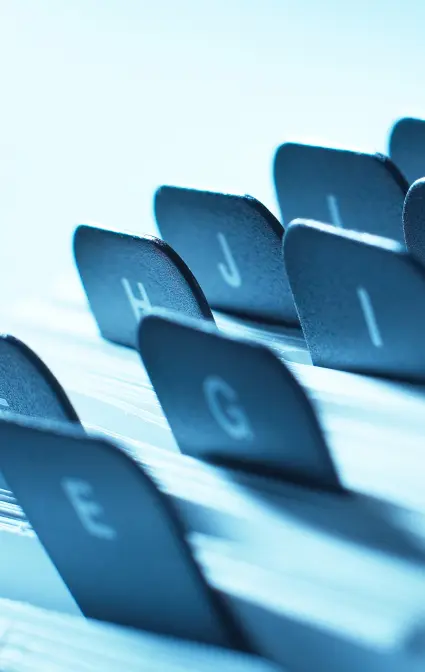
Frequently Asked Questions
Find answers to the most frequently asked questions about our products and services.
Still have questions ?
Can’t find the answer you’re looking for ? Please contact with our customer service
Contact


